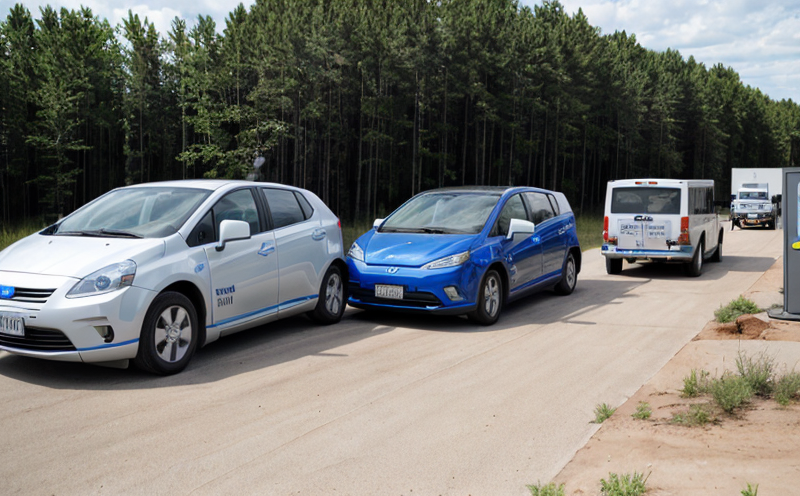IEC 60068 Environmental Testing of Fuel Cell Components
The International Electrotechnical Commission (IEC) Standard IEC 60068 is a comprehensive set of tests designed to evaluate the performance and durability of electrical, electronic, and electromechanical products under environmental stress conditions. For fuel cell components, this standard ensures that devices can withstand various environmental stresses such as temperature cycling, humidity, altitude, shock, vibration, and more.
In the context of renewable energy and fuel cells, IEC 60068 is crucial for ensuring that fuel cell systems are robust enough to operate efficiently in diverse climates and environmental conditions. This testing helps manufacturers identify potential weaknesses early on, allowing them to refine their designs and improve product reliability.
The tests outlined in this standard are essential because they mimic real-world operating environments where fuel cells must function optimally. For instance, a fuel cell system deployed in cold climates needs to perform as well at -40°C (-40°F) as it does under standard conditions. Similarly, systems exposed to high humidity or salt spray require testing to ensure their integrity.
The testing process begins with careful preparation of the specimen, which involves placing the fuel cell components in controlled environmental chambers that can simulate different climatic and mechanical stresses. The test parameters are meticulously defined according to IEC 60068, ensuring consistency across various laboratories worldwide. This standardization is critical for maintaining quality control and comparability of results.
The testing apparatus used includes temperature-controlled chambers capable of cycling temperatures between extreme lows and highs, humidity cabinets that can simulate varying levels of moisture, and vibration tables to assess the impact of mechanical stresses on fuel cell components. Each test parameter has its own set of acceptance criteria, which are strictly adhered to during the evaluation process.
Once testing is complete, detailed reports are generated, providing comprehensive insights into how well the fuel cell components performed under each stress condition. These reports serve as crucial documentation for quality assurance and help guide continuous improvement efforts within manufacturers' R&D departments.
Applied Standards
| Standard | Description |
|---|---|
| IEC 60068-1 | Climate test methods for electric and electronic equipment. |
| IEC 60068-2-13 | Climatic test conditions: temperature cycling. |
| IEC 60068-2-59 | Climatic test conditions: humidity tests, low temperature. |
| Standard | Description |
|---|---|
| IEC 60068-2-14 | Climatic test conditions: humidity tests, high temperature. |
| IEC 60068-2-37 | Climatic test conditions: vibration testing. |
Why Choose This Test
- Ensures compliance with international standards, enhancing market access for your products.
- Provides detailed insights into the performance of fuel cell components under various environmental stress conditions.
- Improves product reliability and durability by identifying potential weaknesses early in the development process.
- Saves time and resources by preventing costly redesigns later on.
Environmental and Sustainability Contributions
- Enhances sustainability through improved product durability, reducing waste associated with premature failure.
- Promotes the use of renewable energy sources by ensuring that fuel cells can operate efficiently in diverse environmental conditions.
- Reduces carbon footprint by supporting the development of more robust and efficient fuel cell systems.





